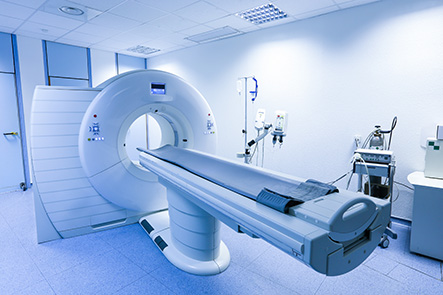Dr Chin’s Overview in Fine Needle Aspiration (FNA): Techniques Explained
Discover Fine Needle Aspiration (FNA) techniques and gain valuable patient insights. Learn more about this minimally invasive procedure on our blog.
Fine needle aspiration (FNA) is a safe and efficient procedure used in ear, nose, and throat (ENT) practice to examine unusual growths or lumps in the head and neck. It is particularly useful for patients with thyroid nodules, swollen lymph nodes, or salivary gland masses. FNA gathers cell samples without surgery and is the first choice for ENT specialists to assess serious health issues. In ENT clinics, FNA is usually done in the office using manual guidance or ultrasound technology. Understanding the procedure and its workings can help patients feel more informed and relaxed during the process.
Understanding the FNA Technique
How It Works
The fine needle aspiration (FNA) technique uses a thin, hollow needle to extract cells or fluid from specific spots, often guided by feel or ultrasound. The sample is then sent to a pathology lab for cytology, which determines if the cells are benign, malignant, or suspicious.
Ultrasound-Guided FNA
Ultrasound-guided FNA is a useful method to locate and treat deep lumps that are hard to spot. This approach makes the process more precise. It is effective for treatments such as thyroid FNA biopsy, salivary gland FNA, and FNA for lymph nodes. This imaging allows you to reach small or challenging masses easily.
Common Indications for FNA in ENT
When Is FNA Used?
ENT doctors recommend needle aspiration in ENT procedures for several key reasons. This technique helps improve diagnoses.
- A neck mass FNA checks for swollen lymph nodes or cysts.
- A thyroid FNA biopsy tests thyroid nodules.
- A salivary gland FNA looks for problems in the parotid or submandibular glands.
The FNA Procedure: What Patients Should Expect
What to Expect During FNA
The FNA biopsy procedure often takes place at an outpatient clinic. It usually lasts less than 30 minutes. A doctor might use local anesthesia to reduce any discomfort. Many patients say it feels like getting a regular injection.
FNA Recovery Time and Side Effects
Recovery is fast, and you won’t have to rest for too long. Some people might see a bit of swelling or bruising at the biopsy site. Serious side effects from FNA are uncommon. Most people can return to their regular activities on the same day.
Results and Diagnostic Accuracy
FNA Results Interpretation
After testing the sample, the ENT doctor will explain the results. The FNA results interpretation can be in several groups: benign, malignant, indeterminate, or non-diagnostic. Sometimes, you may need extra tests or another biopsy.
FNA vs Core Needle Biopsy
FNA can be useful in many situations. But sometimes, a core needle biopsy is necessary. This method collects a bigger sample of tissue. Whether to use FNA or a core needle biopsy depends on the size, location, and type of the mass.
FNA Diagnostic Accuracy
The FNA diagnostic accuracy is quite high when experienced doctors perform it properly with the right imaging. This method is useful for detecting problems early, particularly those related to ENT.








